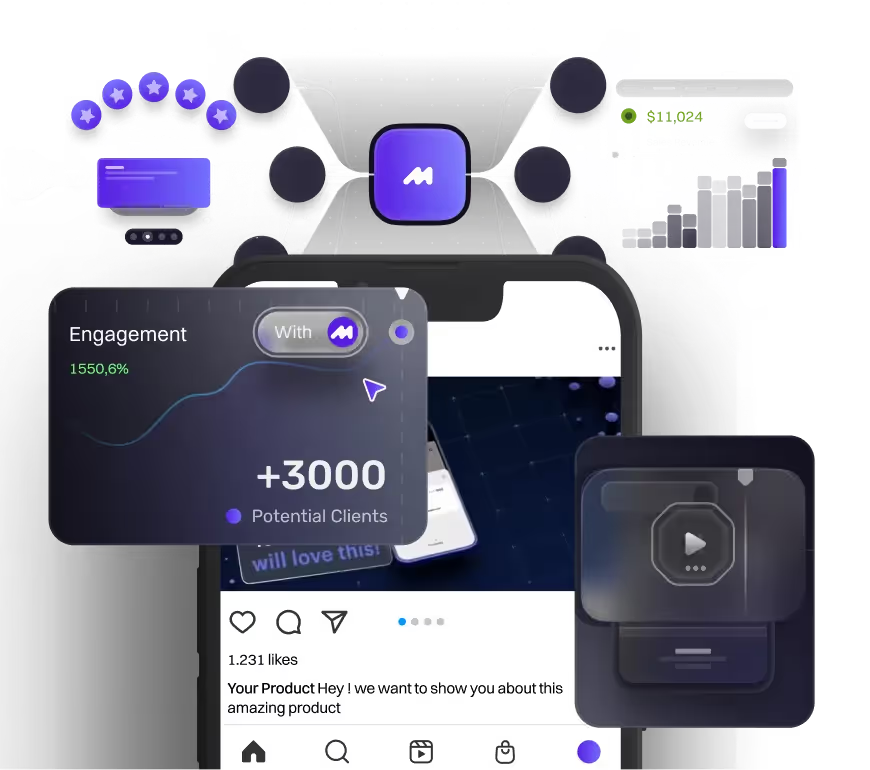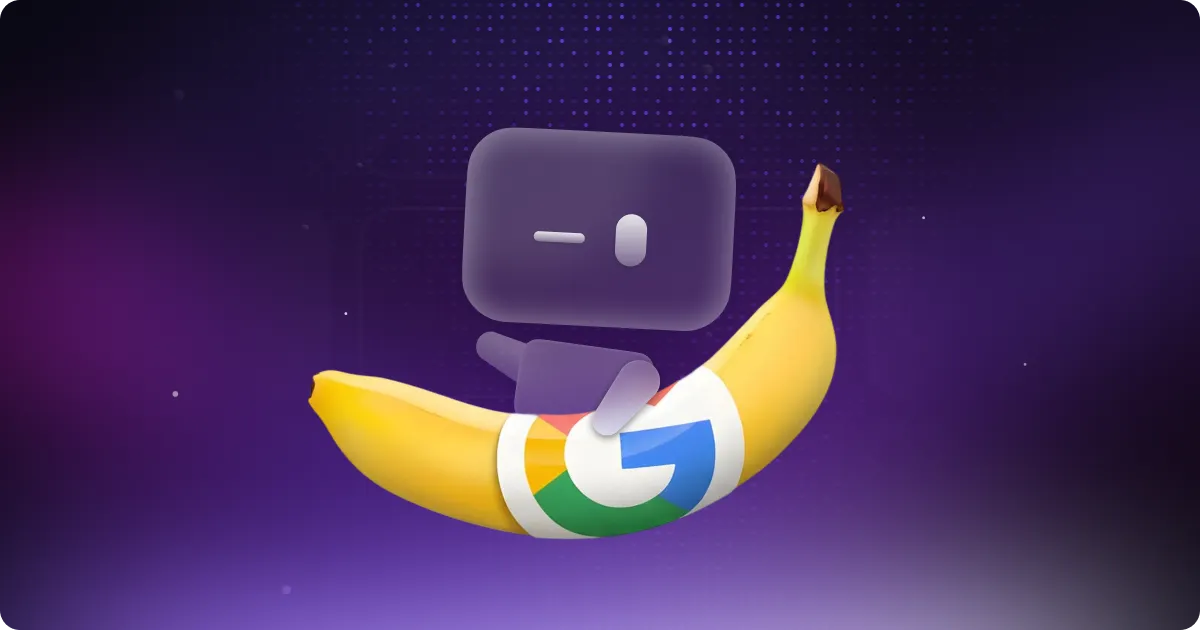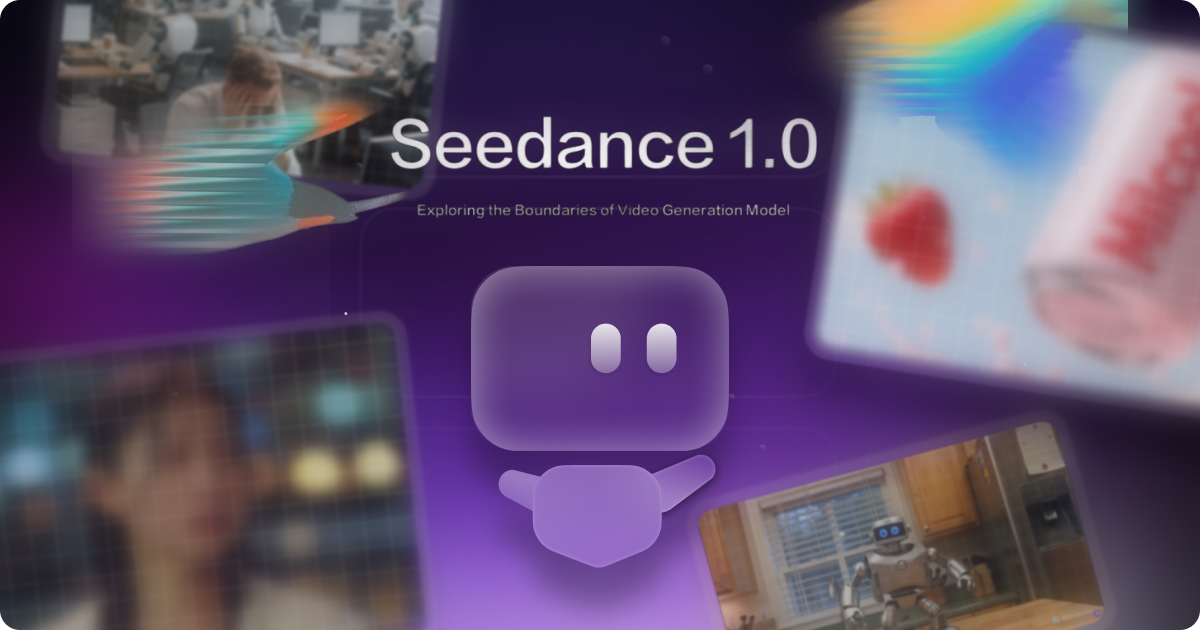Top Generative AI Video Tools in 2025: Features, Pros & Cons Compared!
.avif)

AI in Motion Design: A Game-Changer or a Replacement?
AI is transforming the creative industry, and motion design is no exception. With new AI-powered tools emerging rapidly, it can be overwhelming to figure out which ones are actually useful and which might not be the right fit for your needs. Naturally, questions like “Which AI tool is the best?” and “Which one offers the smoothest experience?” come up all the time.
As a motion design agency, we’ve explored various AI tools firsthand. While they don’t replace creativity, they’ve definitely helped us streamline our workflow and save time in the production process. In this article, we’ll break down different AI tools, comparing their strengths and weaknesses based on our own experience.
Before we dive into the comparison, check out the video below! It breaks down AI design tools and showcases real examples of the results from each one. Every single footage in the video was generated using the very AI tools discussed in this article, so you can see exactly what they’re capable of.
Runway
.png)
Runway is one of the top AI video tools out there, offering powerful features like text-to-video, image-to-video, and AI-powered editing. Its Act-One motion capture does a solid job of tracking facial expressions, while the Gen-3 Alpha model delivers realistic, consistent results.
While Runway isn’t specifically built for motion graphics, many designers use it for mixed-media projects. Its AI-generated videos can replace stock footage or live-action shoots, which are often paired with animated text and motion graphics. Using AI-generated video also saves a ton of time and resources compared to searching for stock footage or setting up a shoot from scratch. We’ve incorporated it into our workflow as well, thanks to its built-in editing tools that help streamline the entire process.
So, is Runway the best AI tool for motion design?
It depends. While Runway offers some fantastic features, there are a few limitations to keep in mind. If your project requires a more stylized look, the generated video can sometimes appear wonky or unpolished. The lip-sync feature, while functional, often feels a bit off. Additionally, Act-One only captures facial expressions—it doesn’t track body or background movement. Another major downside is that Runway’s video resolution is capped at 720p, which might not cut it for high-quality projects.
Kling AI
.png)
If we’re talking strictly about AI video generation, Kling AI offers the best value for the price. Like Runway, Kling’s videos can be used alongside motion graphics for mixed-media content, effectively replacing stock footage or other costly alternatives. Its video quality rivals—or even surpasses—Runway’s, but at a much lower cost. Plus, Kling’s ‘Elements’ feature gives users greater control over AI-generated videos, and its lip-sync capability is the most realistic we’ve seen among generative AI tools.
However, Kling comes with a big trade-off—it’s the slowest AI tools we’ve tested. Generating a video can take 5 to 30 minutes, whereas other tools do it in seconds. It also lacks built-in video editing features, making it less ideal for longer, more complex projects with tight deadlines.
HeyGen AI
HeyGen AI is a powerful tool for generating AI avatars that can accurately translate videos with perfect lip sync and create videos from text or audio clips. In our experience, it’s one of the best AI avatar generators out there. The lip sync is spot-on, and the facial expressions and body movements feel incredibly natural—with the right settings, the videos can look almost as real as an actual recording. As you can see on the example below.
This creates a huge opportunity for motion designers and businesses. HeyGen can replace parts of the video production process that typically require cameras, lighting, and filming—which often means higher costs and longer timelines. But to get the most engagement and impact, AI avatars work best alongside motion graphics and animated visuals—especially for tech product demos, explainer videos, or any project that benefits from a blend of AI and animation. Whether you’re working in 2D or 3D, HeyGen can be adapted to fit the complexity of your project.
However HeyGen AI come with a bit of trade of, it is the most expensive AI tools we have used. Not only that, the built in setting within the HeyGen itself is not very user friendly. Creating a custom AI agent with your own face or subject requires training for each different shot. And since it only focus on making an AI avatar, the usage we can get from HeyGen AI is very limited.
Hailuo AI
Hailuo AI is another solid option, especially if you’re into animation, in our opinion the generated video in animation style looks better than other generative AI tools. The ability to keep characters consistent across multiple clips is a big win. It is also very easily accessible as they offer free trials.
Unfortunately, if the video you want to create has a lot of dynamic movement, the physics and consistency are not the best. We also noticed occasional AI artifacts that can make certain scenes look unnatural.
Open AI Sora
.png)
OpenAI is probably the most well-known AI tool providers out there, and its AI video generator, Sora, in many ways, lives up to expectations. Sora is one of the most cinematic AI video tools available, capable of producing stunning visuals. Its remix and storyboard tools offer a level of customisation that many other platforms lack, making it especially useful if your goal is to create a highly detailed AI-animated video.
However, like ChatGPT, Sora tends to take creative liberties if the prompt is too broad or not specific enough, which means it can take a few tries to get the desired result. Additionally, much like Hailuo, Sora struggles with generating dynamic movement. On top of that, it lacks built-in video editing tools, making it less ideal for creating more complex projects.
Google Veo 2
.png)
If you’re lucky enough to have early access to Google Veo 2, you’re in for a treat. The high-quality physics simulations and stunning motion consistency make it one of the most impressive AI video tools available. But here’s the problem: most people can’t use it yet, as of now they are only available for users reside in the US. Until Google rolls out wider access, this tool remains an exclusive club for a select few.
AI in Motion Design: Tools or Replacement?
So, let’s go back to the big question: “What’s the best AI tool for motion design?” Well, the answer really depends on your needs.
If you prioritise efficiency and control, Runway might be your best bet—it has the most built-in features to help you create videos more effectively. But if cost is a bigger factor and you don’t mind waiting a bit longer for video generation, Kling AI could be the better choice. Each tool has its own strengths, so it’s all about finding what works best for you.
But this leads us to an even bigger discussion: Can AI replace human designers and animators?
AI tools are getting incredibly advanced—they can replicate human movement, generate animations, and even do voiceovers. So, if AI can do all of that, do we still need designers and animators?
According to our team, the answer is no—or at least not anytime soon. Right now, AI is best seen as a powerful assistant—helping speed up workflows, automate repetitive tasks, and enhance creativity. But motion design is more than just generating visuals. It requires artistic vision, storytelling, and precise fine-tuning—things AI simply can’t replicate yet.
That said, AI is changing the game. It’s pushing the industry forward and redefining what it means to be a motion designer. But instead of the bleak, robotic future many people fear, the industry is evolving into something more vibrant and futuristic than ever, which should excite artist/designer rather than making them scared, as it is a joy of discovering something new.
The best way to adapt? Embrace the tools, master them, and use them to enhance creativity. Because at the end of the day, AI isn’t replacing humans—it’s empowering them. (For now.)
So before subscribing to or purchasing any AI tool, remember: The tool is only as good as the person using it.
table of content
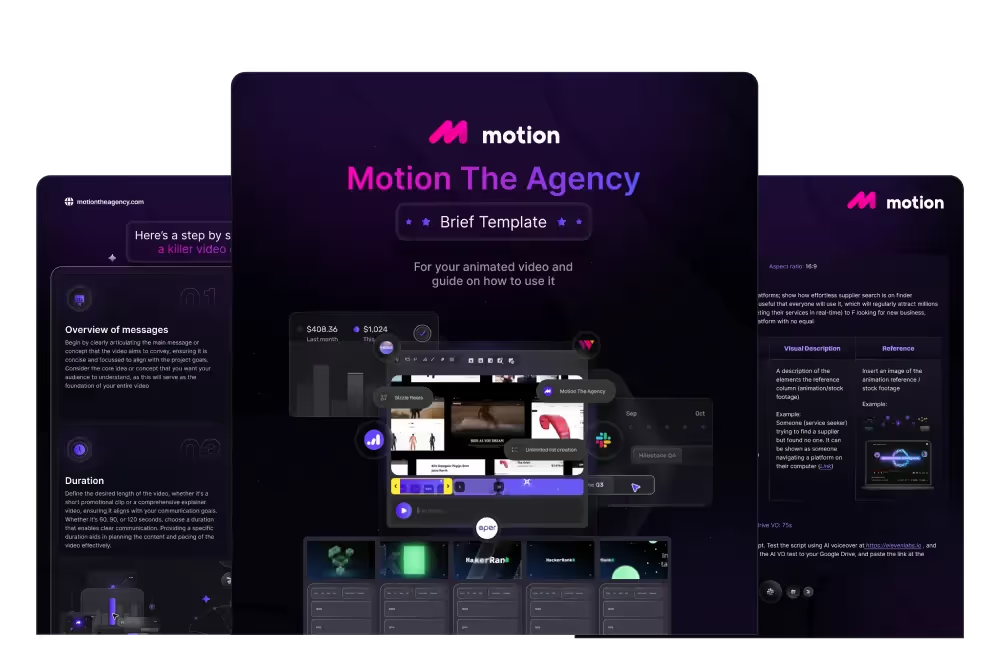
creative brief

Contact Us
Ready to elevate your brand? Contact us for your
Free Custom Video Sample
